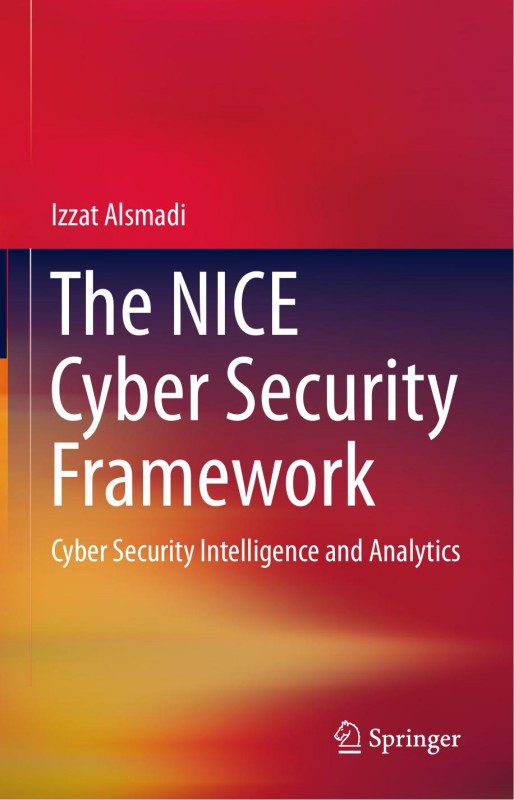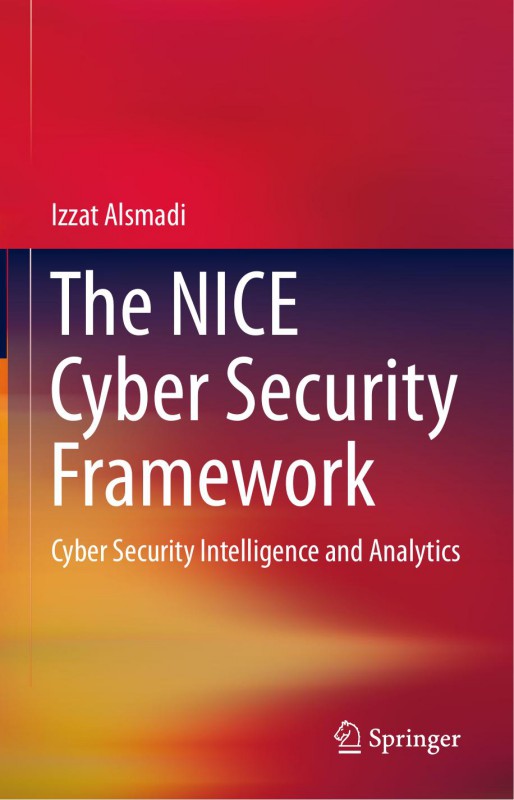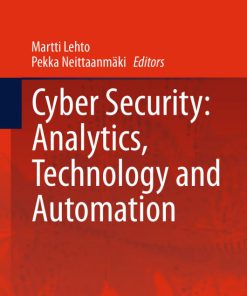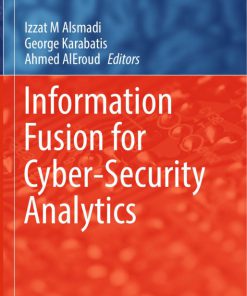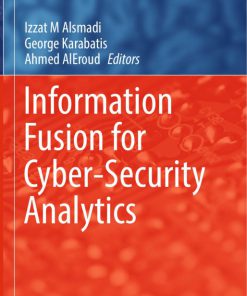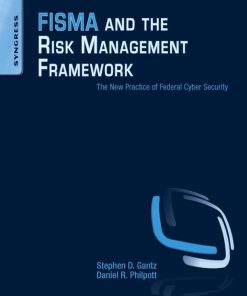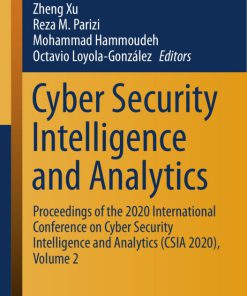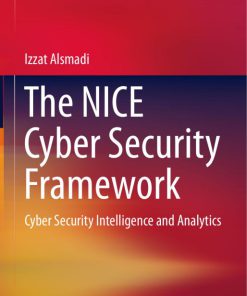The NICE Cyber Security Framework Cyber Security Intelligence and Analytics 1st edition by Izzat Alsmadi ISBN ‎ 3030023591 978-3030023591
Original price was: $50.00.$25.00Current price is: $25.00.
Authors:Izzat Alsmadi , Series:Cyber Security [293] , Tags:Technology & Engineering; Telecommunications; Computers; Security; General; Engineering (General); Online Services; Electrical; Fire Science; Networking; Cyber Security , Author sort:Alsmadi, Izzat , Ids:9783031216503 , Languages:Languages:eng , Published:Published:Apr 2023 , Publisher:Springer International Publishing , Comments:Comments:This updated textbook is for courses in cyber security education that follow the US National Initiative for Cybersecurity Education (NICE) framework, that adopts the Competency-Based Education (CBE) method. The book follows the CBE general framework, meaning each chapter contains three sections, knowledge and questions, and skills/labs for Skills, and Abilities. The author makes an explicit balance between knowledge and skills material in information security, giving readers immediate applicable skills. The book is divided into seven parts: Securely Provision; Operate and Maintain; Oversee and Govern; Protect and Defend; Analysis; Operate and Collect; Investigate. All classroom materials (in the book an ancillary) adhere to the NICE framework. The new edition includes more details and KSAs related to cyber analytics work roles. The changes include the following new chapters: Chapter 14: Collection Operations, Chapter 15: Computer Network Defense, Chapter 16: Data Analysis, Chapter 17: Intelligent Analysis, Chapter 18: Target Development, Chapter 19: Threat Analysis, and Chapter 20: Vulnerabilities Assessment

